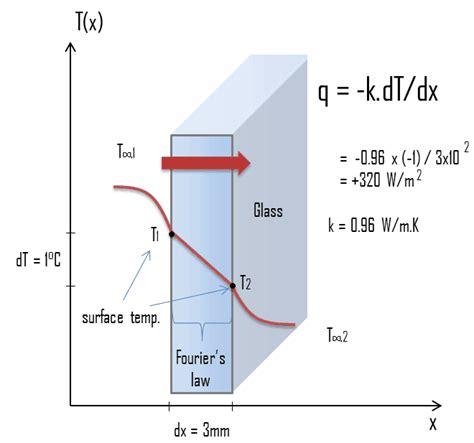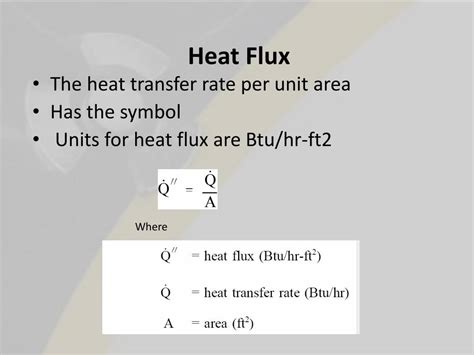heatnlux ,heat flux vs heat rate,heatnlux, Heat flux (W/m 2) is the rate of thermal energy flow per unit surface area of heat transfer surface, e.g., in a heat exchanger. Heat flux is the main parameter in calculating heat .
Gaidām saulainākas dienas! (02.04.2015.) Vārna izēd jūras ērgļa olu, 18.03.2015. Ar interneta tiešraides kameru novērotajā jūras ērgļu ligzdā izdēta pirmā ola, 09.03.2015. Ciemiņi jūras ērgļu ligzdā , 18.02.2015. Interneta tiešraidē var vērot jūras ērgļu dzīvi , 11.02.2015. Jūras ērglis. Kamerā vērojamā ligzda atrodas Kurzemē, Durbes novadā.

At Heat 'n lux, our commitment to providing top-quality heat-related products is unwavering. We understand the importance of ensuring that our customers receive authentic and reliable items, whether they are used or brand new. Our team meticulously authenticates each product to guarantee its quality and authenticity. In this article, we will delve into various aspects related to heat flux and its applications, while also highlighting the measures we take to ensure the quality of our products.
Heat Flux vs Transfer Coefficient
Heat flux and transfer coefficient are two crucial parameters in heat transfer analysis. Heat flux refers to the amount of heat energy transferred per unit area per unit time. It is measured in units of watts per square meter (W/m²). On the other hand, the transfer coefficient represents the efficiency of heat transfer between two media. It is a measure of the rate at which heat is transferred across a surface due to a temperature difference.
Heat Flux vs Heat Rate
Heat flux and heat rate are closely related concepts but differ in their definitions. Heat flux refers to the amount of heat energy transferred through a surface per unit time. It is a fundamental parameter in heat transfer analysis. Heat rate, on the other hand, refers to the total amount of heat energy transferred over a specific period. It takes into account the heat flux as well as the duration over which the heat transfer occurs.
Heat Flux vs Transfer Rate
Heat flux and transfer rate are terms often used interchangeably in heat transfer analysis. Heat flux specifically refers to the rate of heat transfer per unit area, while transfer rate encompasses the total amount of heat transferred over a given period. Understanding the distinction between these terms is essential for accurately analyzing heat transfer processes.
Difference Between Heat Flux and Flow
Heat flux and flow are related concepts but serve different purposes in heat transfer analysis. Heat flux refers to the rate of heat transfer per unit area, while flow typically refers to the movement of a fluid or gas. In heat transfer applications, flow may influence heat transfer processes, but heat flux specifically quantifies the amount of heat transferred.
Heat Flux vs Temperature
Heat flux and temperature are interconnected parameters in heat transfer analysis. Heat flux represents the rate of heat transfer per unit area, while temperature indicates the thermal energy of a system. Changes in temperature can affect heat flux, as they are both integral components of heat transfer processes. Understanding the relationship between heat flux and temperature is essential for accurate heat transfer analysis.
How to Calculate Heat Flux
Calculating heat flux involves determining the amount of heat energy transferred per unit area per unit time. The formula for calculating heat flux is:
Heat Flux = Q / A
Where:
- Heat Flux (q) is the rate of heat transfer per unit area (W/m²)
- Heat Transfer (Q) is the total amount of heat transferred (Joules)
- Area (A) is the surface area through which heat is transferred (m²)
By accurately calculating heat flux, engineers and researchers can analyze heat transfer processes and optimize system performance.
Heat Flux vs Transfer

heatnlux 1. the fourth in order or in a series. 2. ( sometimes l.c.) (in some grading systems) a grade or mark indicating poor or barely acceptable quality. 3. a. the second note of the ascending C major scale. b. a tonality having D as the tonic. 4. ( sometimes l.c.) the Roman numeral for 500. Compare Roman numerals.
heatnlux - heat flux vs heat rate